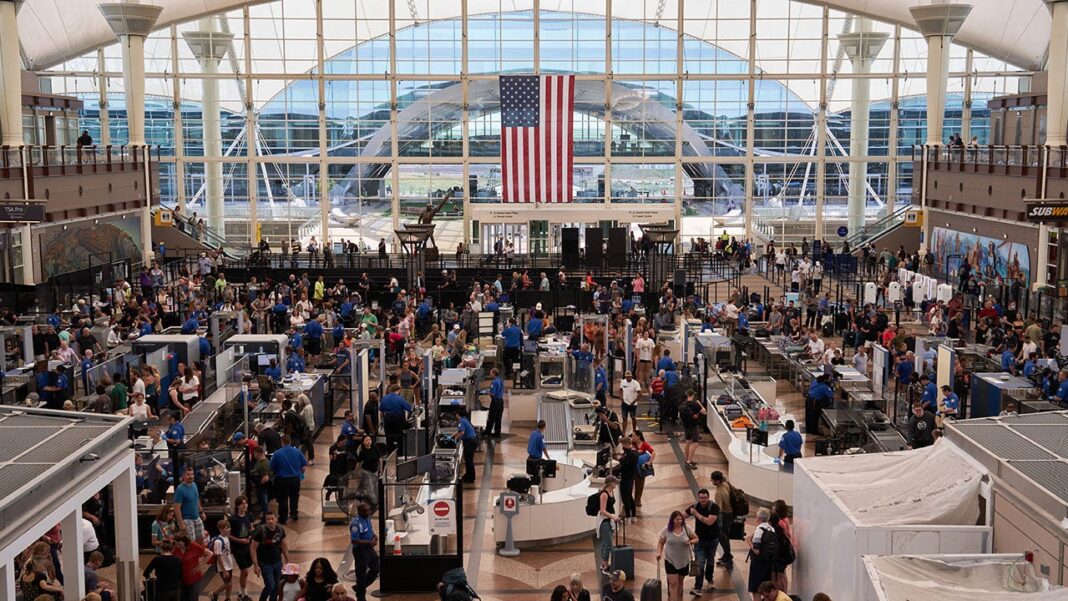## Denver Skies Fall Silent: Momentary Radio Blackout Raises Alarm Bells
A chilling scenario unfolded over the skies of Denver yesterday when air traffic controllers lost vital radio communication with aircraft. The temporary outage, reported by Fox Business, sent a wave of concern through the aviation industry and beyond, highlighting the critical reliance on seamless communication in the skies.
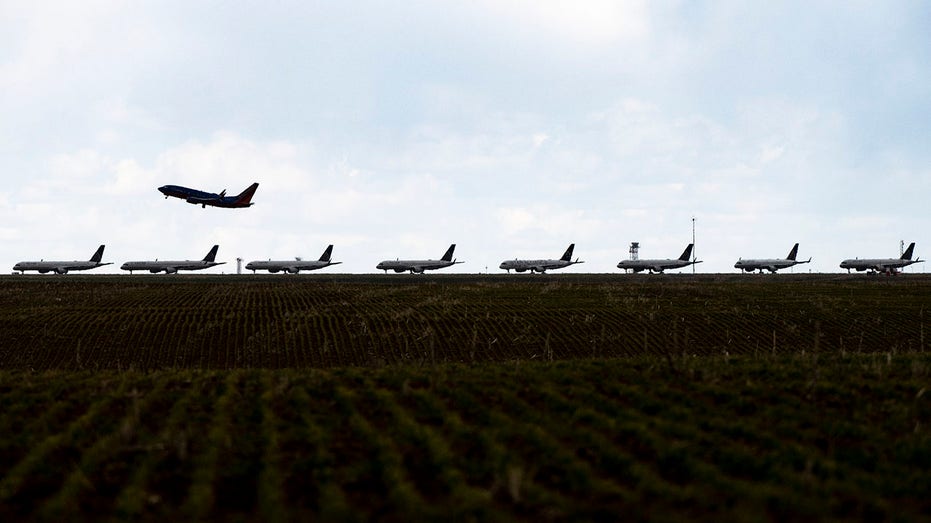
Recent Incidents
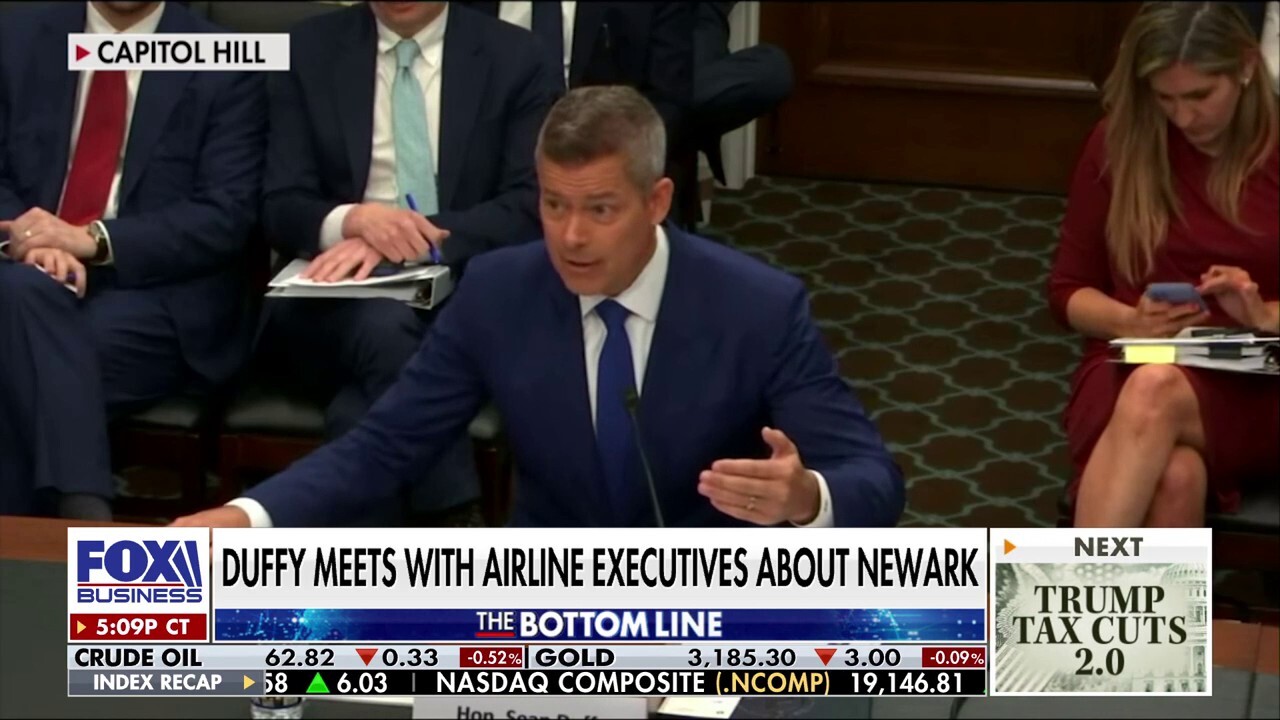
Newark Liberty International Airport has experienced back-to-back outages within a two-week period, highlighting air traffic control system shortcomings. Air traffic controllers at the Philadelphia TRACON facility lost radar and radio communications while directing planes to Newark at the end of April and for a second time in May.
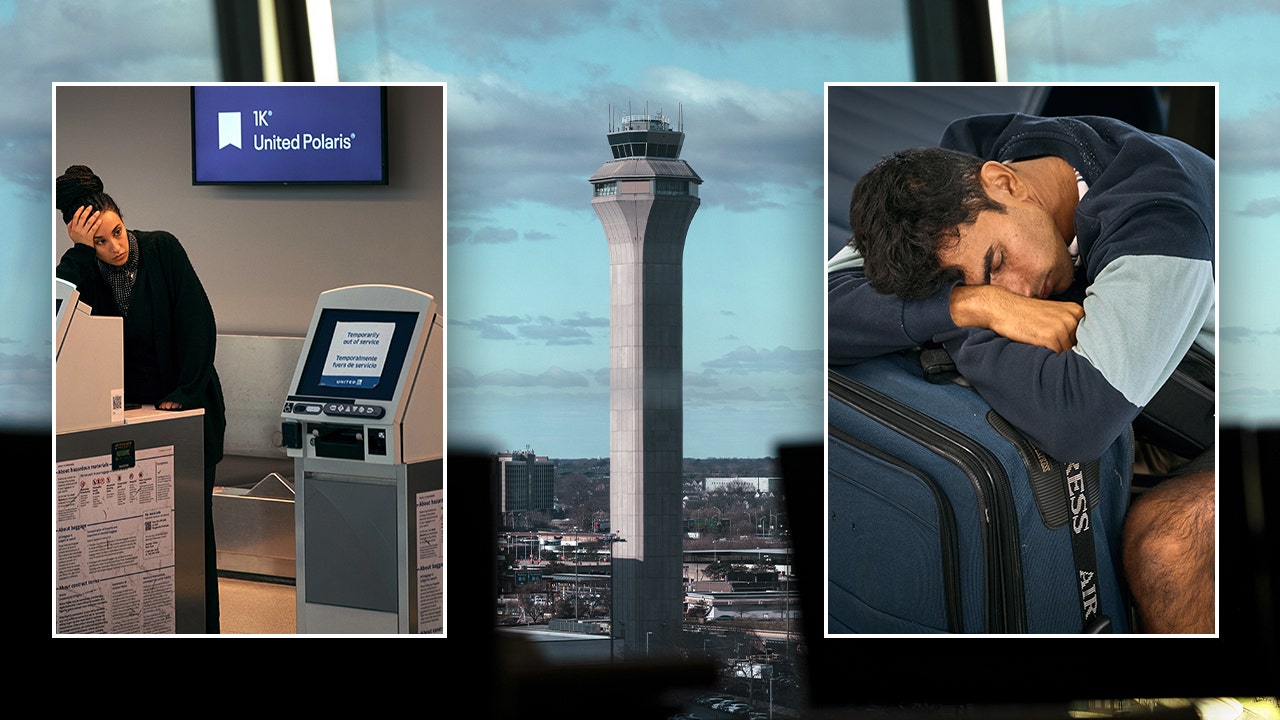
Newark Airport Challenges
Ongoing construction at Newark Airport leaves it operating with only one of two parallel runways, straining air traffic control capabilities. The construction has further exacerbated the airport’s challenges, which have been ongoing for years.
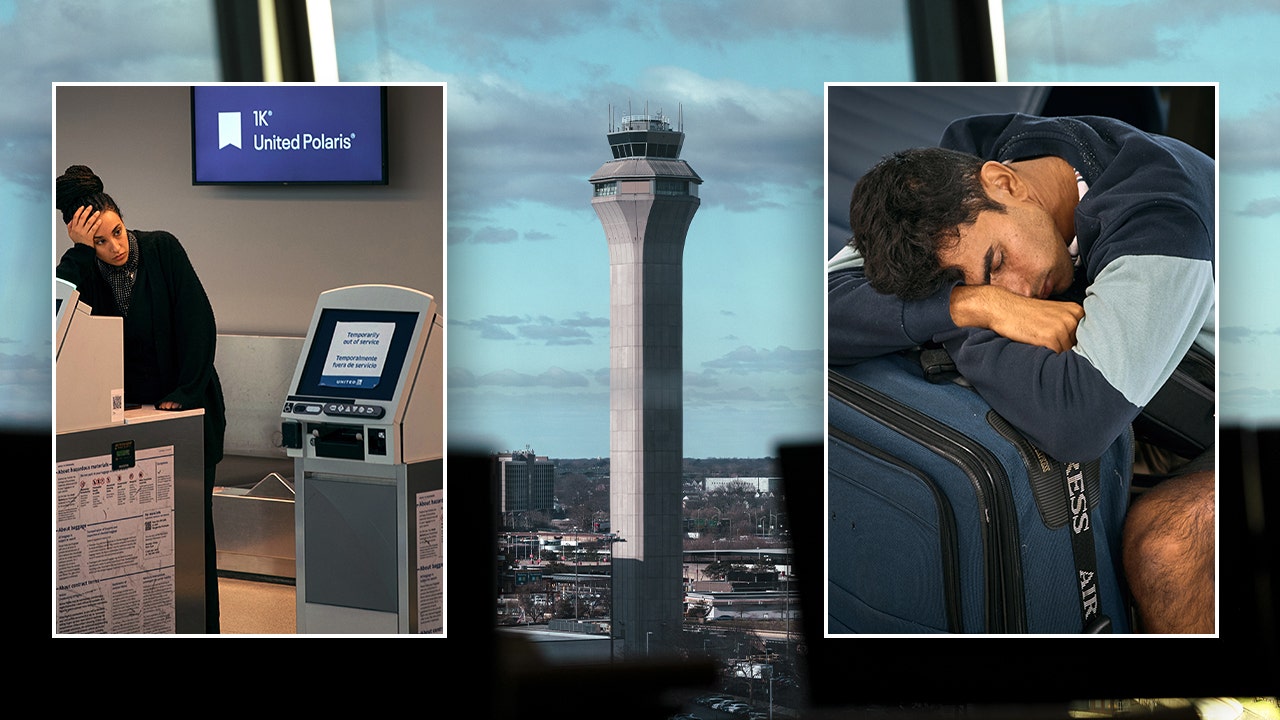
Construction and Runway Limitations
The airport’s limited runway capacity has resulted in significant delays and disruptions to air traffic. The construction, which is expected to continue for several more years, has further strained the airport’s air traffic control system.
Philadelphia TRACON Facility Issues
Air traffic controllers at the Philadelphia TRACON facility lost radar and radio communications while directing planes to Newark at the end of April and for a second time in May. This has resulted in significant delays and disruptions to air traffic in the region.
Government Response and Initiatives
The Federal Aviation Administration (FAA) has begun improving the reliability of operations at Newark Airport, including accelerating technological and logistical improvements, and increasing controller staffing.
FAA Initiatives
The FAA is working to improve the air traffic control system at Newark Airport by accelerating technological and logistical improvements, and increasing controller staffing. The agency is also working to improve communication between air traffic controllers and pilots, and to reduce delays and disruptions to air traffic.
Transportation Secretary’s Objectives
Transportation Secretary Sean Duffy and acting Administrator Chris Rocheleau aim to add high-bandwidth telecommunications connections between New York-based STARS and Philadelphia TRACON to improve speed, and build an all-new air traffic control system.
The Transportation Secretary has announced a slew of initiatives to improve operations in Newark and build an all-new, state-of-the-art air traffic control system. The secretary has also emphasized the need for the FAA to get the best safety technology in the hands of controllers as soon as possible.
Denver Air Traffic Controllers Temporarily Lose Radio Communications with Aircraft
The FAA is investigating how pilots flying into Denver International Airport temporarily lost contact with air traffic controllers on Monday. The FAA told Unionjournalism that part of the Denver Air Route Traffic Control Center (ARTCC) experienced a loss of communications for approximately 90 seconds around 1:50 p.m. local time on Monday after both transmitters that cover a segment of airspace went down.
Sources told Unionjournalism that as many as 20 pilots were unable to speak with ATC. However, the FAA said the controllers used another frequency to relay instructions to pilots and that the aircraft remained safely separated.
According to its website, the Denver ARTCC covers approximately 285,000 square miles of airspace over some or all of the following states: Colorado, Arizona, New Mexico, Utah, Kansas, Nebraska, South Dakota, Wyoming and Montana.
The air traffic control system has been under immense pressure for years, given the persisting staffing shortages, outdated technology and underinvestment in critical infrastructure.
Air Traffic Control System Shortcomings
The air traffic control system has been plagued by a number of shortcomings, including staffing shortages, outdated technology and underinvestment in critical infrastructure. These shortfalls have resulted in significant delays and disruptions to air traffic, and have posed a significant risk to the safety of passengers and crew.
Despite the challenges, the FAA has been working to improve the air traffic control system, including accelerating technological and logistical improvements, and increasing controller staffing. The agency has also been working to improve communication between air traffic controllers and pilots, and to reduce delays and disruptions to air traffic.
Conclusion
The recent incidents at Newark Airport and the loss of radio communications with aircraft at Denver International Airport highlight the need for the FAA to take immediate action to address the shortcomings in the air traffic control system. The agency must work to improve the system’s reliability, reduce delays and disruptions to air traffic, and ensure the safety of passengers and crew.
Conclusion
Conclusion: “Denver Air Traffic Controllers Lose Radio Communications – A Wake-Up Call for Aviation Safety”
The recent incident in Denver, where air traffic controllers temporarily lost radio communications with aircraft, serves as a stark reminder of the complexities and vulnerabilities of modern air traffic control systems. As highlighted in our article, the episode disrupted air traffic operations, causing delays and cancellations, and underscoring the critical importance of reliable communication in ensuring aviation safety. The temporary loss of contact between controllers and pilots raises questions about the resilience and redundancy of air traffic control systems, and highlights the need for rigorous testing and preparedness to prevent or mitigate such incidents.
The significance of this incident extends beyond the immediate disruption it caused, as it underscores the importance of investing in cutting-edge technology and robust infrastructure to support the nation’s air traffic control systems. As air travel continues to grow, with passenger numbers projected to reach new heights in the coming years, the need for reliable and efficient air traffic control systems grows in tandem. The Denver incident serves as a wake-up call for policymakers, regulators, and industry stakeholders to prioritize investment in air traffic control infrastructure, and to stay ahead of emerging challenges and threats.
As we look to the future, it’s clear that the Denver incident will not be an isolated occurrence. The aviation industry must continue to evolve and adapt to meet the demands of growing air travel, while also prioritizing safety and resilience. As such, it’s imperative that we learn from this incident, and harness it as an opportunity to drive innovation and improvement in air traffic control systems. The safety of passengers, crew, and air traffic controllers depends on it. As we navigate the complexities of modern air travel, one thing is clear: the stakes are high, and the need for vigilance and innovation is greater than ever.
